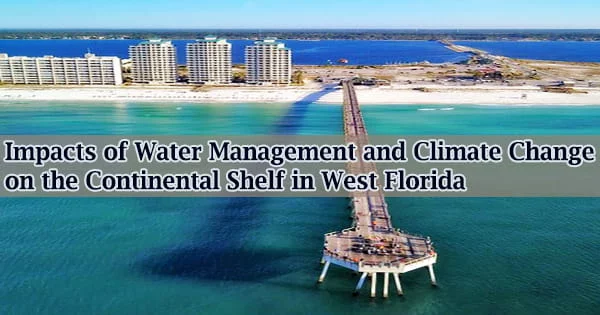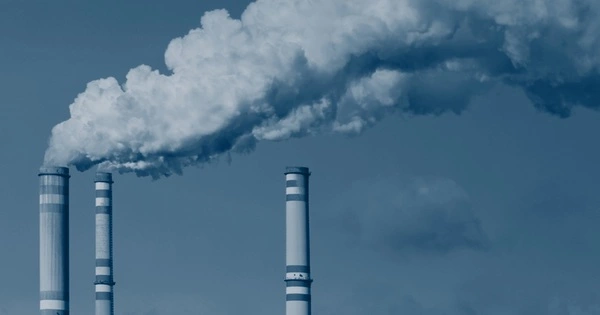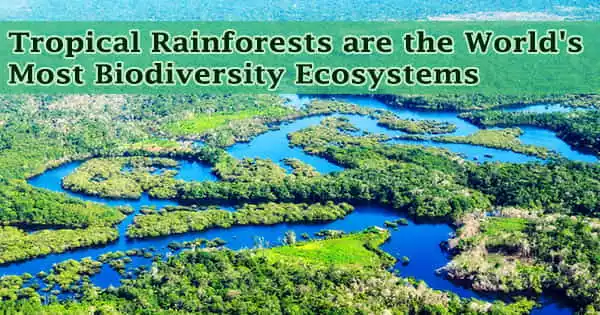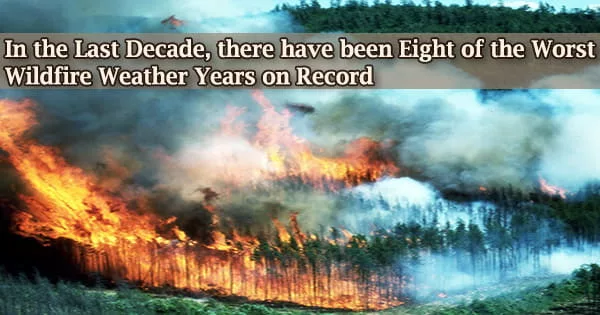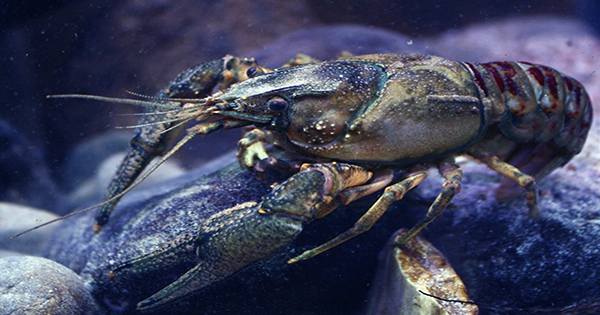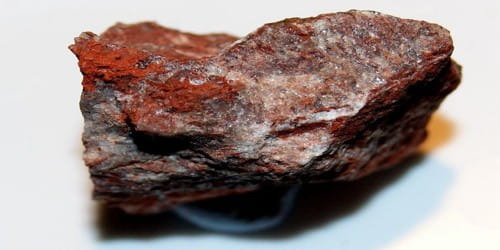The continental shelf is the submerged portion of a continent and, as such, factors from the land, the ocean, and the atmosphere influence it. This convergence mostly caused the great biological productivity that frequently distinguishes the continental shelf zones. Their production is essential for the ecosystems they support as well as the livelihoods of coastal residents, including tourism, aquaculture, fishing, and more.
Since changes in local air circulation, heat, and evaporative fluxes can significantly alter the balance between surface fluxes, horizontal transports, and vertical mixing, anthropogenic climate change is projected to have major effects on shelf dynamics.
As well as having a significant impact on shelf dynamics, changes to freshwater discharge from the continent whether caused by land management, precipitation was driven by the climate, or human-made modified freshwater discharge can either lessen or exacerbate changes in the climate.
The Gulf of Mexico is one area where these changes are very noticeable. Numerous substantial freshwater imports have an impact on the coast of west Florida. They significantly contribute to the estuarine features of West Florida Shelf waters by allowing fresh water from precipitation (direct or delayed, local or regional) to drain onto the near shore from rivers, streams, lakes, and canals.
The freshwater contributes to the inner shelf waters’ riverine characteristics and typically spreads westward and southward over the shelf. To restore the Greater Everglades Ecosystem, South Florida is currently carrying out the largest restoration project ever attempted.
The Comprehensive Everglades Restoration Plan is returning freshwater flows to pre-drainage levels in terms of quantity, quality, timing, and distribution. Local assessments of the impact of variations in water discharge appear feasible, but there are also long-term ramifications at depth on the inner and mid shelf that need further research.
Through the use of a very high-resolution model, a researcher from Florida Atlantic University’s Harbor Branch Oceanographic Institute, in conjunction with Florida International University, conducted a study that offers an assessment of the potential effects of climate warming and water management on the dynamics of the West Florida Shelf during two specific events that have an impact on its hydrology.
For the study, they assessed the individual and combined effects of managing freshwater discharge and a 1 degree Celsius warming of the temperature on the intrusions of the Loop Current on the West Florida Shelf and its dynamics in the subtropical western Atlantic.
Either type of intrusion leads to a different oceanographic regime on the shelf to which the ecosystem might respond differently. Our study suggests, however, that increased freshwater discharge could mitigate the effect of climate warming on the West Florida Shelf by reducing shelf waters stratification.
Laurent Chérubin
Results from a one-year simulation in which a Loop Current and its eddy invaded the West Florida Shelf revealed that either an increase in freshwater discharge or a warming of the climate caused a change in the stratification properties of the West Florida Shelf significant enough to affect the type of Loop Current intrusions. These findings were published in the journal Bulletin of Marine Science.
The shelf water mixing that favors the surface incursion of waters from the Loop Current intensified as a result of increased freshwater flow. On the other hand, a warming of 1 degree Celsius increased the shelf waters’ stratification, which encourages bottom intrusions.
“Either type of intrusion leads to a different oceanographic regime on the shelf to which the ecosystem might respond differently,” said Laurent Chérubin, Ph.D., senior author, a physical oceanographer who specializes in ocean dynamics and a research professor at FAU Harbor Branch. “Our study suggests, however, that increased freshwater discharge could mitigate the effect of climate warming on the West Florida Shelf by reducing shelf waters stratification.”
The West Florida Shelf’s reaction to cold air outbreaks, which are frequent in the fall and winter, was also studied by researchers. The findings indicated that a warmer climate cancels out the increased stratification brought on by the freshwater discharge at the end of the boreal summer wet season. Instead, a warmer climate lowers the potential energy that is available on the shelf, limiting coastal upwelling, instabilities, and shelf convection.
“The West Florida Shelf is under the influence of a large number of estuarine systems and bays that influence the baroclinicity of the flow on the shelf,” said Robert Burgman, Ph.D., co-author and an associate professor who specializes in climate dynamics and atmospheric science in FIU’s College of Arts, Sciences & Education.
“Changes in salinity and/or nutrient patterns have had significant direct and indirect impacts on the water column and attached communities, with documented micro and macroalgal blooms, mass mortality of seagrasses, fragmentation of seascapes, sponge die-offs, and declines in pink-shrimp catches.”
The historical endeavor that led to the current river discharge in South Florida was first intended to drain water from Florida’s Everglades region. The Central and Southern Florida Project’s water-drainage system was finished in the 1960s, reversing the changes it had caused to freshwater flows.
In order to minimize floods in urban and agricultural areas, a system of canals, pumps, levees, and other control structures was put in place. This system has changed the regional hydrology and decreased the amount of freshwater that reaches the coastline.
The Coastal and Ocean Climate Applications (NA12OAR4310105) grant from NOAA provided funding for this work. The Harbor Branch Oceanographic Institute Foundation, which partially supported Chérubin, as well as the NOAA South Florida Ecosystem Restoration Program and the Habitat Program also contributed to the effort.
Burgman was supported in part by the National Science Foundation’s (DEB-2025954) Florida Coastal Everglades Long-Term Ecological Research program.
